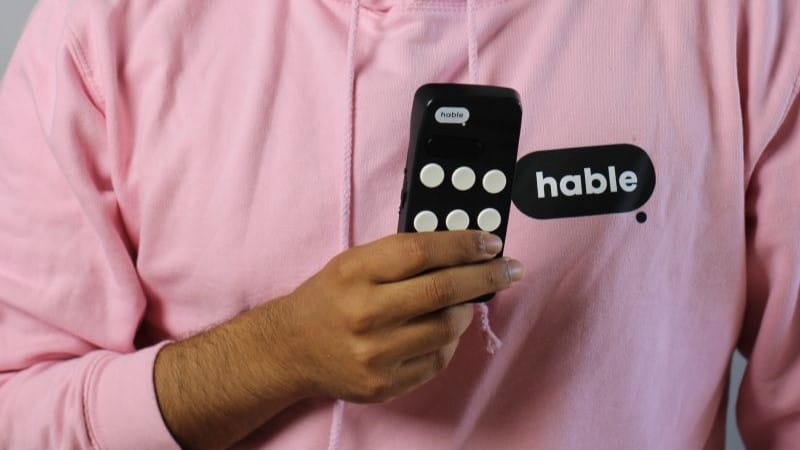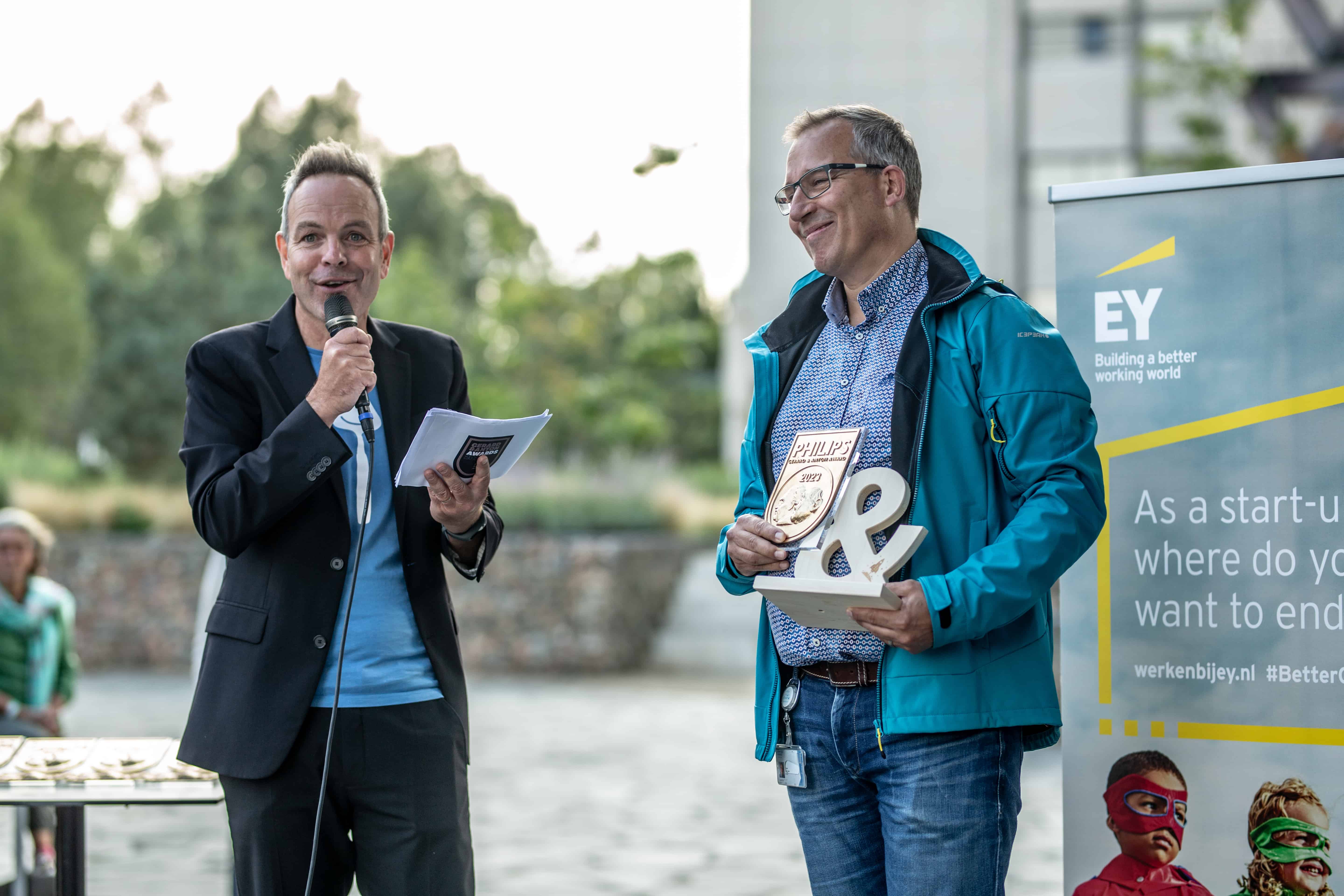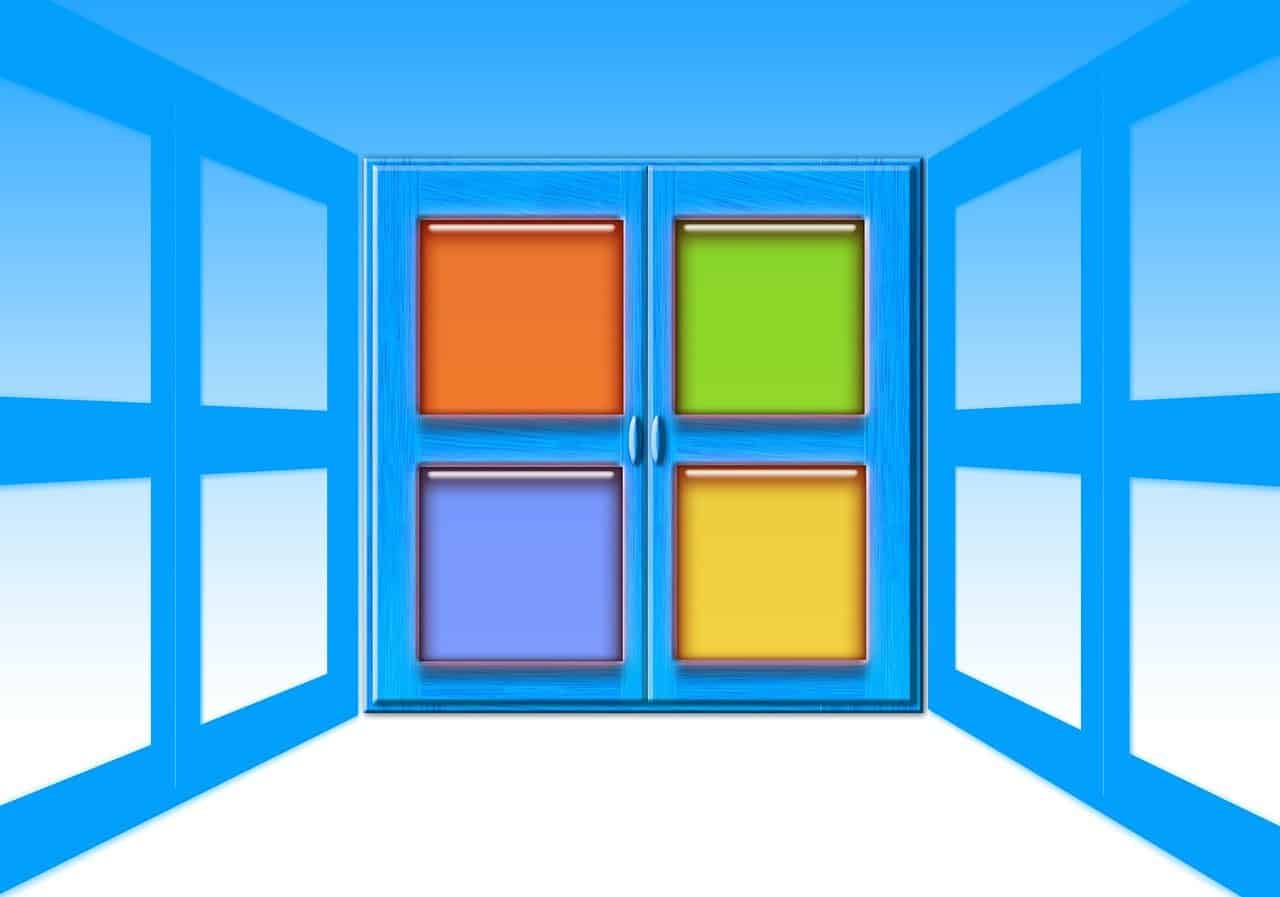
Clipped to a walking frame, wheelchair or white cane, Dornell is a smart handle for sight-impaired users which sends tiny vibrations to the hand to indicate the direction to take or the presence of obstacles. The fruit of previous research in robotics for inclusion, this project is currently the subject of an INRIA Challenge to introduce new haptic technologies and solve scientific issues linked to multisensory perception, says the French research institute Inria in a press release.
An experimental walking frame blocks the entrance to the laboratory. Simply take hold and close your eyes to understand how it works. Take your first steps in the dark…and the loss of bearings is immediate. Just a few metres forward and the handle starts to vibrate. Careful, you are about to hit a wall. Turn slightly to readjust the direction and move forward. Despite the lack of a visual references, steering is easy. And all the information is in the palm of your hand.
Sense we use the least
“When we walk, touch is the sense we use least. This makes it available for sending messages to the person walking. Hence our idea to generate feelings on the skin with tiny vibrations to guide disabled people”, says Marie Babel, who alongside Claudio Pacchierotti co-heads the INRIA Challenge Dornell, a transversal research initiative involving three of the Institute’s teams. Marie Babel has worked extensively on steering aids for wheelchairs. The new technological brick will add haptic feedback to previously developed systems.

Vibration indicates direction
Around twenty researchers, doctoral students, engineers and technicians are involved in the project. One of the systems developed is a joystick for steering wheelchairs. This joystick is equipped with four small motors. The vibration indicates the direction to take: left, right, forward or backward. The second device concerns the handle for canes and walking frames. Under thin plastic membranes in contact with the skin, a series of mobile magnets also produce tiny vibrations. Their design raises many questions: under which fingers should the membranes be placed? How strong should the vibration be? At what rate? Can we activate several membranes successively to indicate a direction, a little like a flashing arrow?
Detect tiredness
A third system is MFX. They work on 3D printing and developed a material which can be compressed to activate an electric current and thus enable a command to be executed or to detect a level of pressure which may indicate a certain degree of tiredness. The researchers are testing ways to integrate this technology.








